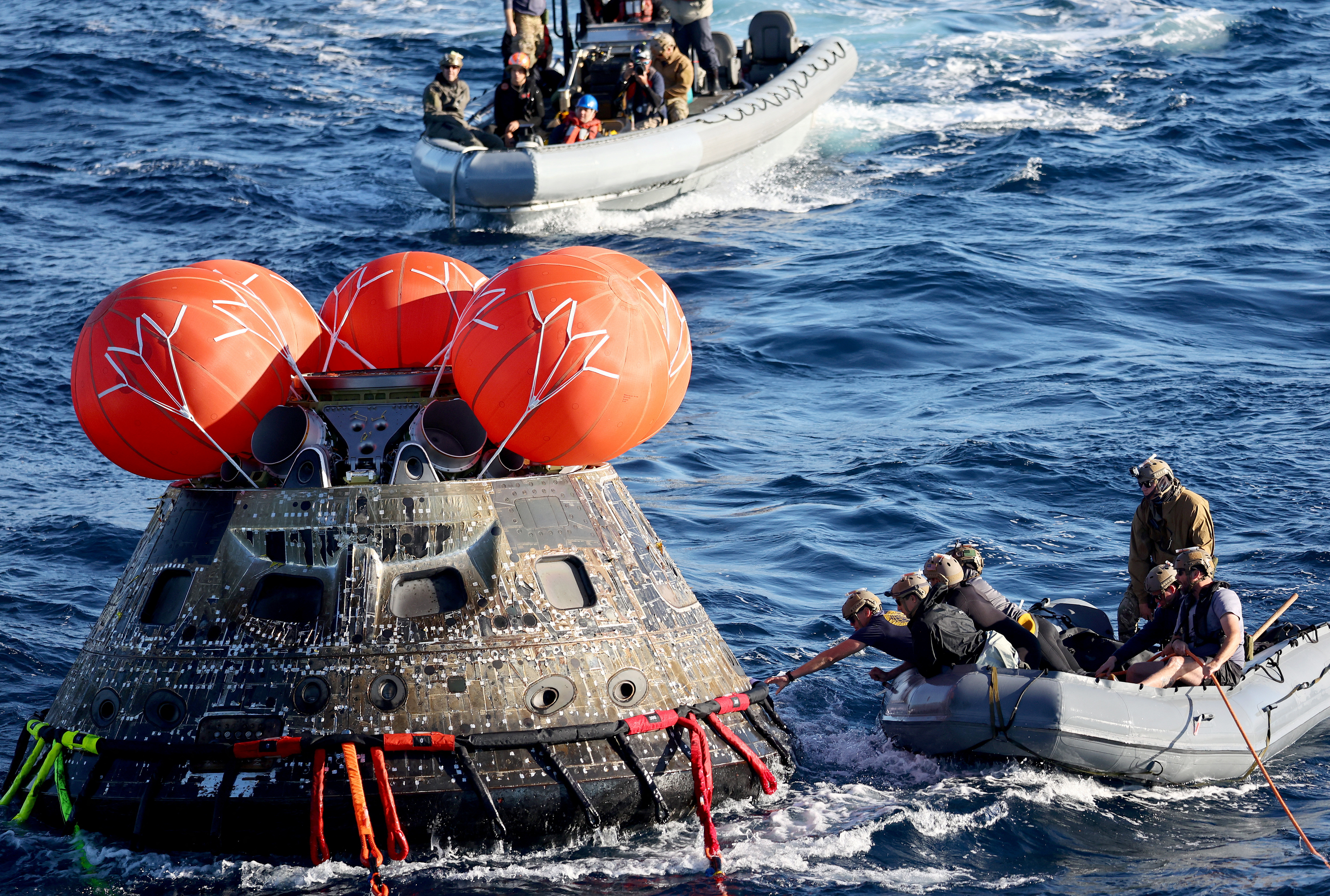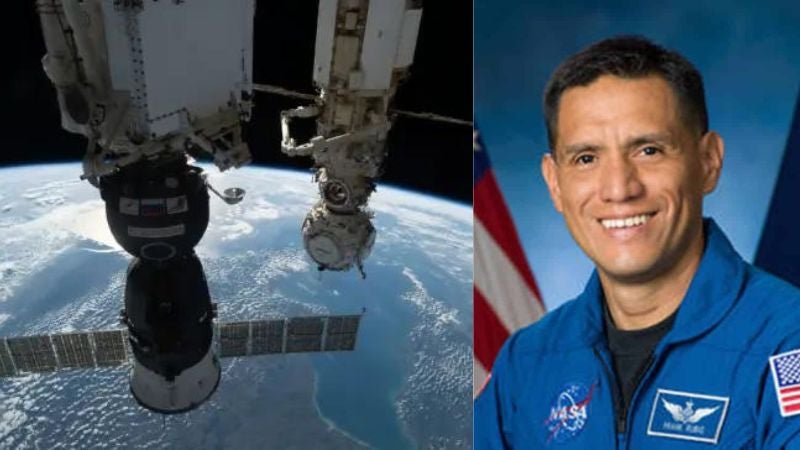NASA administrator Bill NelsonQualified this Sunday Artemis I’s “extraordinarily successful mission”It also means “the beginning of a new beginning” in space exploration.
In a teleconference after the arrival of the Orion spacecraft this Sunday, the former senator from Florida recalled that the Artemis program seeks to establish a permanent presence on the moon. “Go further into space”Including sending a man to Mars by the end of the next decade.
Along with other NASA administrators, Nelson indicated that they are maintaining the mission’s launch by 2024. Artemis IIIt would make a similar trip but with a crew, and to that extent ensured the project still had bipartisan support and the US Congress.
beside him, Vanessa WycheThe director of NASA’s Johnson Space Center indicated that if the information provided by Artemis I is satisfactory, it will be replaced after landing. Kennedy Space CenterIn Florida, the next mission could be announced early next year in that case.
The Artemis I unmanned mission ended this Sunday after a 25-and-a-half-day journey in the Pacific Ocean, after the Orion capsule landed in the Pacific Ocean off the coast of Mexico. 1.4 million miles (2.2 million km) covered.
During the entry mission it experienced a speed of 25,000 miles per hour (40,000 km/h), equivalent to 32 times the speed of sound, a mass of 22,000 pounds (just over 9,900 kg) and a diameter of five meters (16.5 feet) of about 5,000 degrees. Fahrenheit (2,800 degrees Celsius), half the temperature of the Sun.
It faced this fire test protected by a heat shield used for the first time in this mission and performed well according to the first observations, although a more in-depth analysis needs to be done, says the mission manager, who told the teleconference. Mike Sarafin.
“It looks like a successful mission,” said the NASA administrator.
Orion Project Director, Howard HuMeanwhile, he pointed out that the ship fell about 2.1 nautical miles from its target, which was located near Guadalupe Island, and that it needed to make it within 5.4 nautical miles.

He said they encountered 122 targets throughout the flight test and added 20 more in real time.
Jim Free, NASA’s associate administrator for exploration systems development, said the successful shutdown of Artemis I gives them the confidence to tackle the “increasingly complex” tasks of establishing a permanent presence on the moon.
“Early indicators are very positive,” Sarafin said of Artemis I, one of its milestones reaching 434,522 kilometers (almost 270,000 miles) from Earth, the maximum achieved by a spacecraft designed to carry humans and above. Achieved by the Apollo 13 mission in 1970.
Upon arrival in the Pacific Ocean, supported by eleven parachutes, the ship descended at a speed of 325 miles per hour (about 200 km/h), and a rescue team aboard the USS Portland had to wait about six hours before towing the ship. To be taken to the Naval Base in San Diego, California, and from there to Florida.

At the time, NASA collected data on how high temperatures affected Orion What he experienced during re-entry and whether it affected the temperature in the crew cabin, now occupied only by mannequins.
NASA plans to send a manned Artemis III in 2024 and next year.Astronauts, including a woman and a man, will touch the satellite for the first time since 1972.
(with information from EFE)
Continue reading:


:quality(85)/cloudfront-us-east-1.images.arcpublishing.com/infobae/XCLS6QFRZRHVREPUI577RPV25E.jpg)


